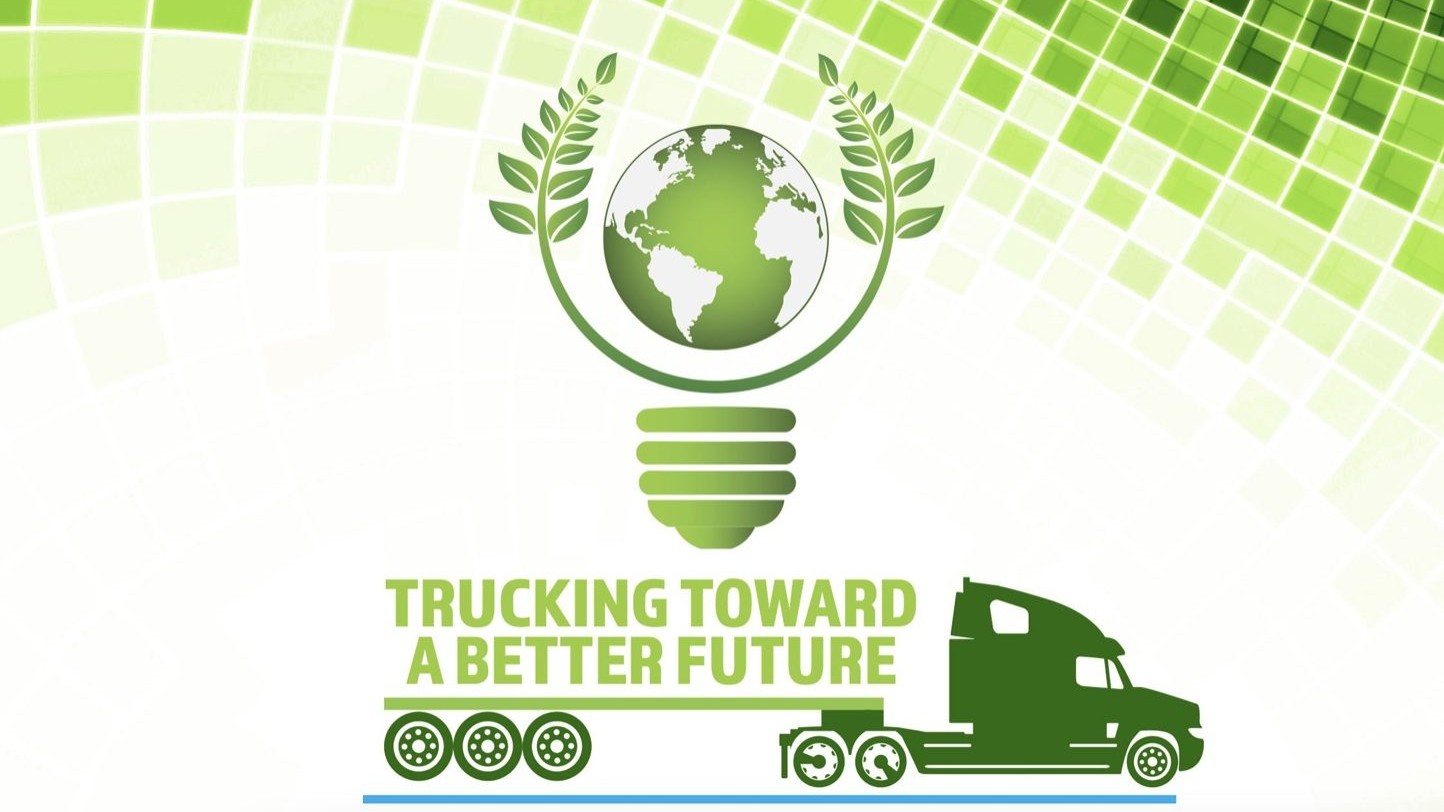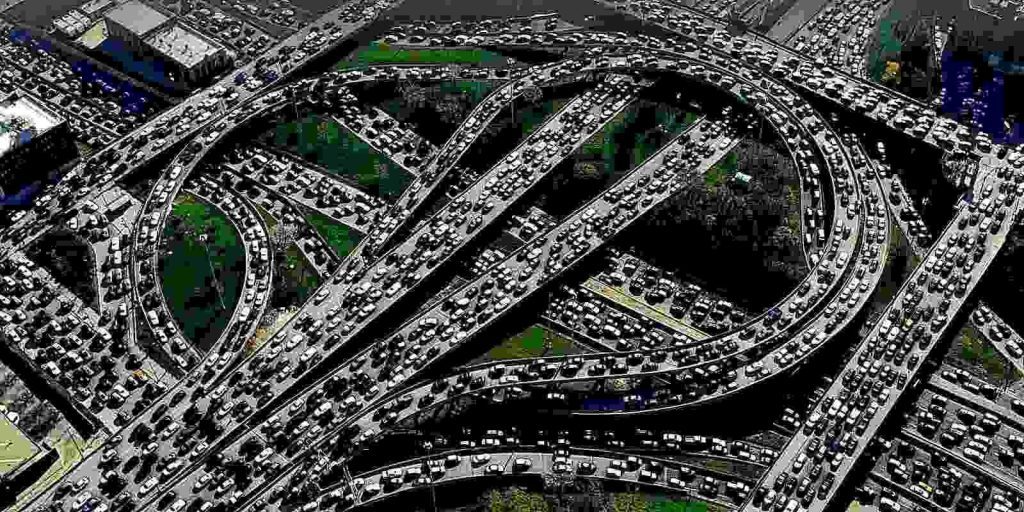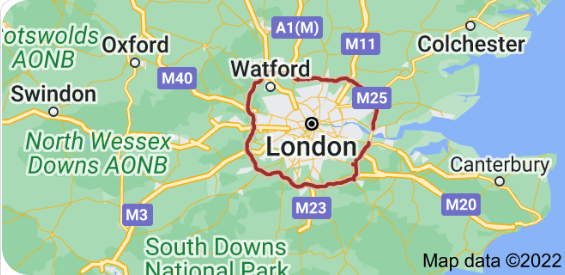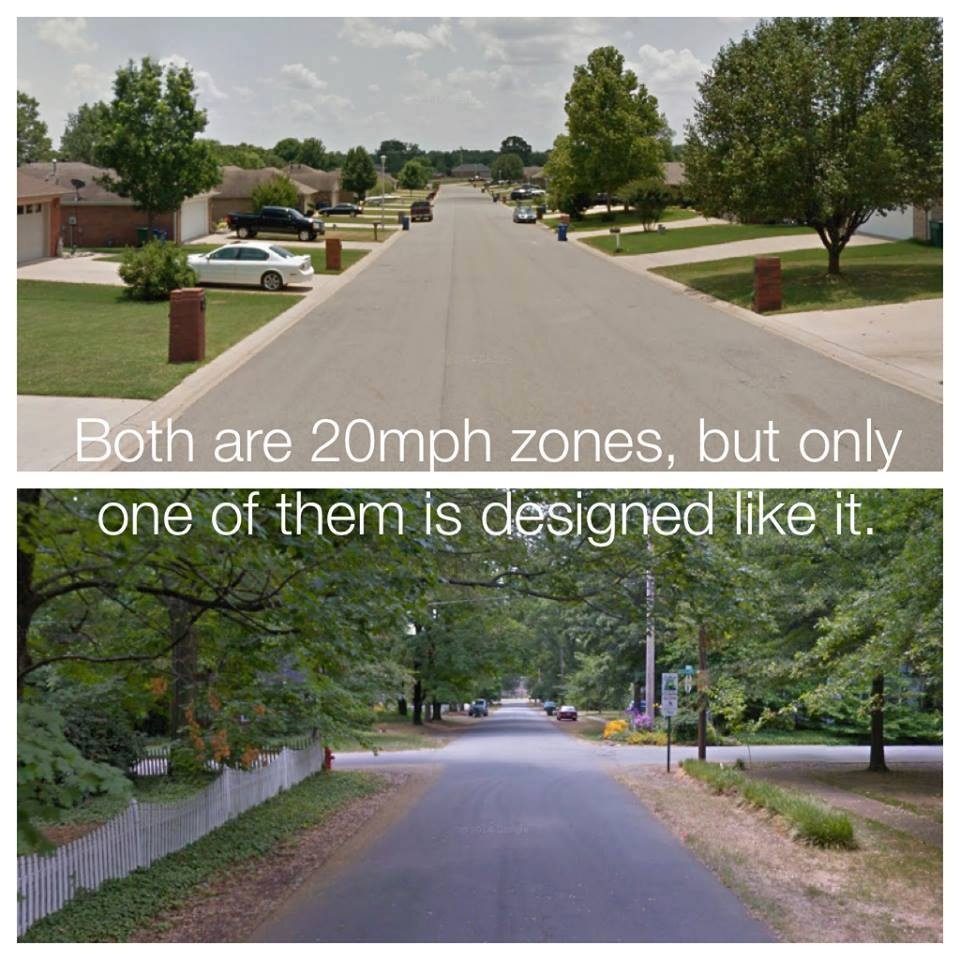
The rebound effect, unintended consequences, and all that.
You might think I’m crazy enough to suggest the heavy transport sector should model itself on US submarines and adopt nuclear power, but even I’m not that crazy! But when I decided to write about how things sometimes behave very differently to what we expect, I was reminded of a party years ago and talking with a nuclear scientist (and we all know they’re a dime a dozen at parties), and he was trying to explain the idea of ‘anti-matter’.
“Just imagine,” the boffin said, pressing his hand against a stubbie, “you try to push this bottle away but it comes towards you. So you give it a pull and it moves away. That’s how anti-matter behaves…” Of course it wasn’t anti-beer, so the bottle moved across the table exactly as you or I would expect, but the idea was weird enough (and cool enough) that his explanation stuck, and here’s me recalling it decades later!
So what’s that got to do with the Trucking Towards a Better Future competition? Quite a bit as it turns out, because sometimes things that look like they’ll make a problem worse end up making it better, and vice versa.
Take easing traffic congestion.

Traditional wisdom and ‘common sense’ suggest that if the arterials into a town clog up in rush hour, building another lane will get it all flowing nicely again. But evidence worldwide is that only works for a year or three before the new, wider highway snarls right up again, with an even bigger jam and even bigger problems where the exits discharge into the town.
Don’t believe me? Check out https://en.wikipedia.org/wiki/Induced_demand or Google ‘generated traffic’.
So what’s going on? Well, announce a plan to build a lovely free-flowing arterial into town, and quick as a flash developers will be forming new subdivisions around the end. And in a year or three the lovely free-flowing arterial will be jammed right up morning and night and there will be talk of needing to add another lane…
I’m sure most truckers will be able to think of examples of extra lanes added to city feeders only to soon choke up just as before. Many years ago a cousin of mine was on the design team of London’s famous/infamous, supposedly congestion-busting, almost-200km-long orbital motorway, the M25. “It was congested before it was even officially opened,” Ron told me, “and soon was nicknamed ‘the world’s biggest parking lot’.”

Now for the flip side: let’s take a squizzy at safety on suburban roads.
It’s common sense to think that lots of clear visibility, level surfaces and wide carriageways would be much safer. Well that might be the case on motorways (that aren’t snarled up!) but the opposite is true in suburbia.
“Edge roughness, and a bit of uncertainty are what we need,” a traffic engineer recently advised me for improving our busy mixed-use right of way.
And renowned US planning organisation Strong Towns would agree. They argue for good roading design being a more effective control mechanism than a speed limit.

Credit: From strongtowns.org>
There are even counter-intuitive text fonts or screwed up ways of writing, deliberately made hard to read on the premise that b th tm y’v fgrd out th mnng y’r hookd on th msg.
So sometimes it’s worth remembering that common sense isn’t always what it’s cracked up to be, and sometimes looking through the wrong end of a telescope is more useful than we might think.
So kp tht gry mttr frng, thnk outsd th sqr, nd snd in sm f yr grt ids to the Trckng Twrds a Bttr Ftre comp!
Nw – whr th hck hs tht stbbie gn?
Have you got a simple way of making the world better and more efficient, especially from a supply chain and general business perspective? Then enter the 2022 Trucking Toward a Better Future competition. To find out how, read the rules, and check the terms and conditions, click here: https://www.nztrucking.co.nz/trucking-toward-a-better-future-get-your-entries-in-2/





